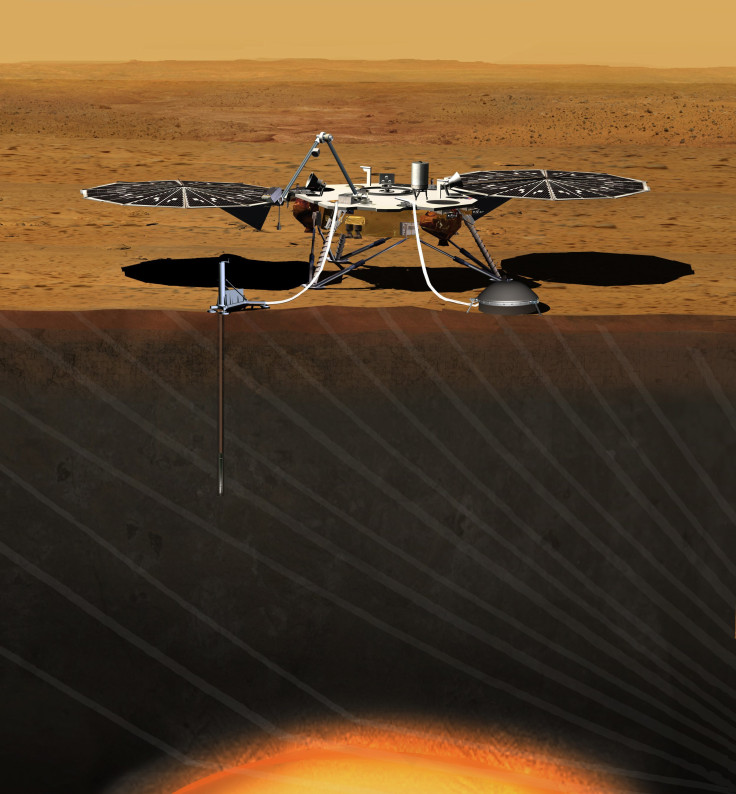NASA And French Space Agency Team Up For 2016 Mars Lander Mission
NASA and the National Center of Space Studies of France (CNES) are teaming up for a mission to mars. The Interior Exploration Using Seismic Investigations, Geodesy and Heat Transport (InSight) mission will use a lander to explore the deep interior of the Red Planet.

NASA’s Mars rovers, such as Curiosity and Opportunity, are looking for evidence of ancient water and exploring the history of the Martian environment that indicates a past that was once suitable for life. NASA will go beyond the surface on Mars in the new InSight mission.
The InSight mission’s main objective will be to explore the deep interior of Mars to gain new insights to how it formed. According to the CNES, the mission will study the structure of Mars’ crust mantle and core, measuring size, thickness and density. The Mars lander will be equipped with the Seismic Experiment for Interior Structure (SEIS) instrument to measure tectonic activity and the effects of meteorite impacts. The SEIS instrument will also analyze the interior structure and composition of Mars.
“The research generated by this collaborative mission will give our agencies more information about the early formation of Mars, which will help us understand more about how Earth evolved,” said NASA chief administrator Charles Bolden in a statement.
According to NASA, the InSight mission will launch in March 2016, landing on Mars six months after launch. The lander’s arrival will bring the total number of Mars missions to seven, with one future mission slated for 2020. NASA currently has three spacecraft orbiting the planet, the Mars Reconnaissance Orbiter, Mars Odyssey and the Mars Atmosphere and Volatile EvolutioN (MAVEN), and is participating in the European Space Agency’s Mars Express mission as well as two rovers, Opportunity and Curiosity. NASA is planning to launch a new rover in 2020 with the goal of a manned mission to Mars in the 2030s.
© Copyright IBTimes 2025. All rights reserved.





















